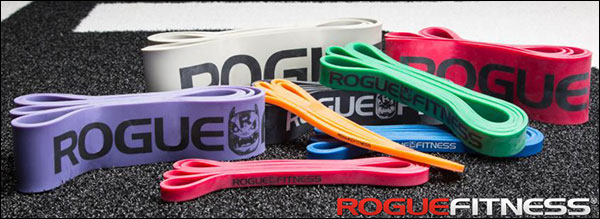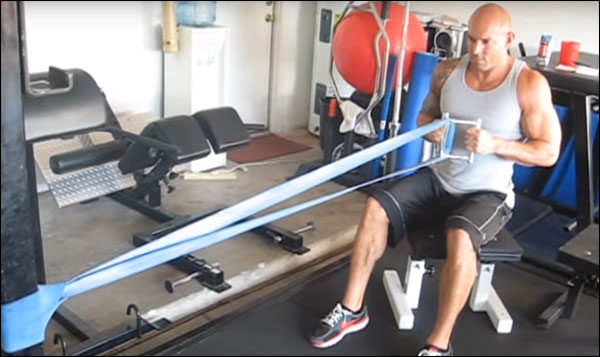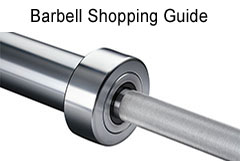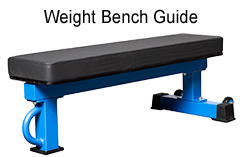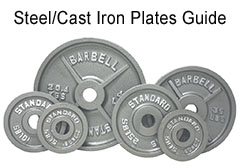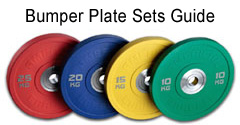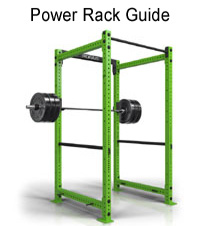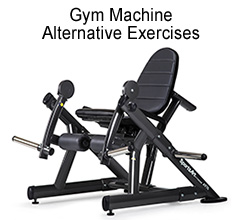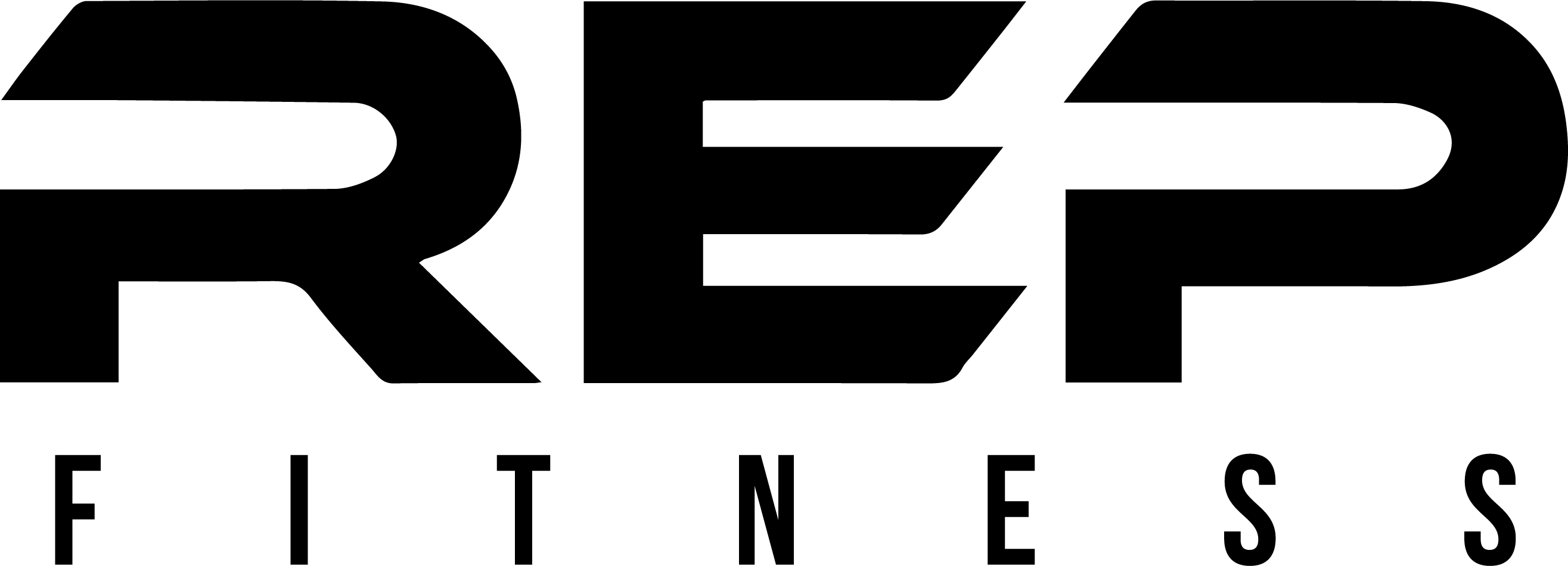Free-Weight Substitute/Alternative To: Seated Cable Rows, Chest-Supported T-bar Rows, machine rows (ex. Hammer Strength Iso Low Row, Leverage High Row, etc.)
Main Muscles Worked: Middle back, Latissimus Dorsi, Trapezius, Rhomboid, Deltoid, Bicep.
Equipment Needed: utility bench + resistance bands + grip triangle (or preferred attachment)
There are a number of ways to make resistance band rows work, and given the right equipment you can make them just as brutal and effective as they were at the gym.
The simplest method is to sit on the floor, wrap the bands around something secure, and row. I used to do band rows just like the dude in the image below and it worked very well (only I reversed this and sat outside the rack in order to have more room). For folks that are not pulling a lot of weight, I’ve even seen the bands just wrapped around the feet. A lot of what you can do will depend on the equipment you own or are willing to buy.
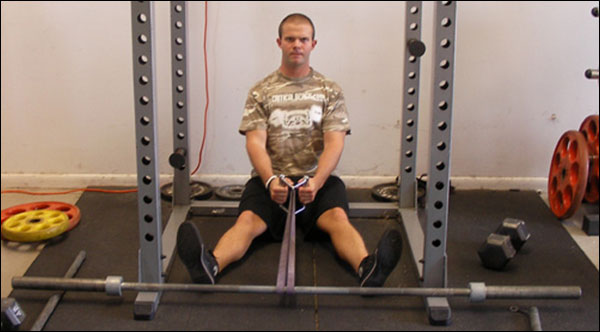
The best way to perform this exercise is to set things up just like in the video below. Use heavy-duty bands, a bench or box of some sort, and a stable piece of heavy equipment to wrap the bands around (ideally an anchored power rack). This method most closely mimics the seated cable rows at the gym, and believe me it’s just as much of a workout as if you were in the gym.
Note: The most important thing to keep in mind when working with resistance bands is to always, always make sure your attachment point is secure and incapable of sliding or tipping. This is true when you’re doing light band work, and it’s especially true with big muscle movements like rows.
Instructions: Performing Seated Cable Rows with resistance bands is practically identical to performing them at the gym using the cable machine. The only significant difference is that your feet will be flat on the floor in front of you rather than pushed against the angled foot plates of a rowing bench.
Execution is the same though. Keep your lower back straightened and pull the cable attachment to your waist. As you reach the top of the lift, your shoulders will be back, chest forward, and back straight. Return until arms are extended, shoulders are stretched forward, and lower back is flexed slightly forward. Repeat for reps.
Comments: Start off with light bands and add higher resistance bands gradually to allow lower back adequate adaptation. Do not pause or bounce at the bottom of the movement. Do not lower weight beyond a mild stretch. Full range of motion through the lower back will vary from lifter to lifter.
Return to Free-Weight Alternatives to Gym Machines
